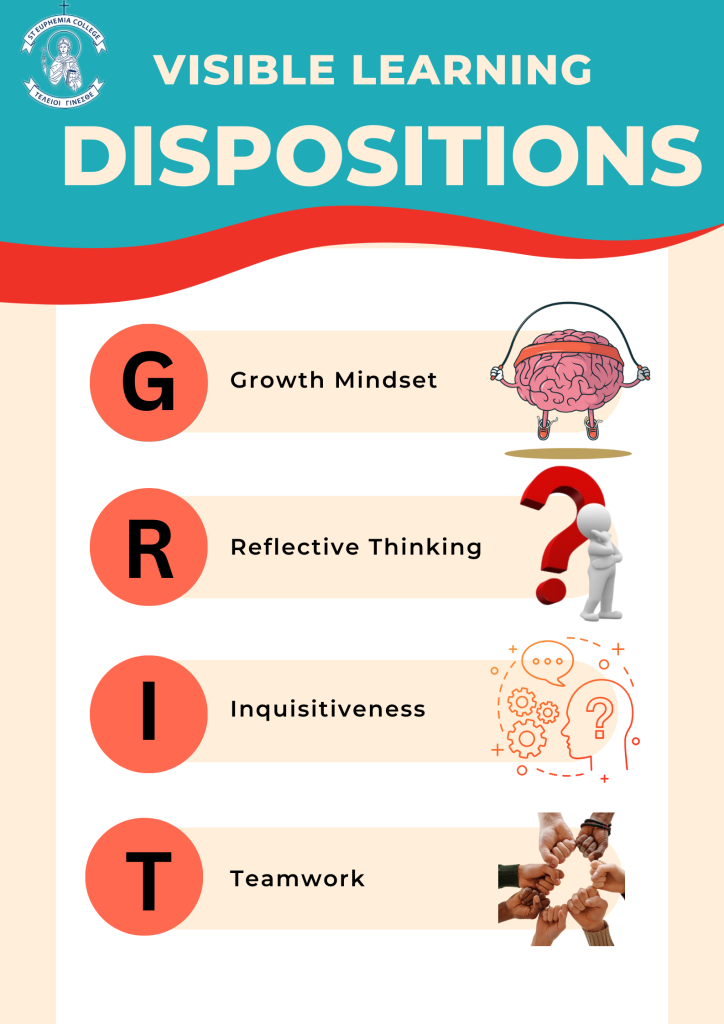Visible learning is a ground-breaking concept developed by education researcher John Hattie (Professor of Education and Director of the Melbourne Education Research Institute at the University of Melbourne). It occurs when teachers see learning through the eyes of students and help them become their own teachers. There are 3 phases of Visible Learning:
1. Surface Leaning: when students are initially exposed to concepts. It provides the foundation.
2. Deep Learning: students consolidate their understanding and apply their learning
3. Transfer Learning: students take the knowledge and skills they learned and apply what they know to new ideas and situations.
Visible learning means that students are taught to know what they need to learn, how to learn it and how to evaluate their own progress. Using the Visible Learning approach, teachers become evaluators of their own impact on student learning. A simple example is undertaking discussion and questioning sessions in the classroom or giving students feedback very soon after a project is completed so they can use what they learned to improve their learnings going forward.
To implement Visible Learning, teachers use Learning Intentions and Success Criteria on a daily basis. Learning Intentions are statements which summarise the purpose of a lesson. They need to be clear so that students can understand and get involved. An example is – Lesson 1: We will be learning about cells, specifically to understand the composition of different cells. Then the learning intention for the next lesson may be the difference between plant and animal cells. Success Criteria is a checklist for students to understand what they need to know and do to be successful. Saying ‘yes’ I understand is not enough, they need to prove it. If they can state, write, describe, explain or draw this is evidence – eg I can draw the various parts of an animal cell.
In 2022 this innovative program was introduced to all school students at St Euphemia College. Mrs Zarkos and the entire English Faculty have been implementing Visible Learning in English lessons. The Science Faculty other subjects have been introduced it as well. Without question, it has had a positive impact on the learning outcomes and has been enthusiastically received by students. A 12 year old Year 7 student said, “learning is a lot more fun now, I feel more confident s the lesson’s intention is very clear ”.There is no question the new teaching strategy is helping students learn and discover more. An example of Visible Learning is when teachers take photos of students’ work when they are working on a project and display these in the classroom. These photos can then be used as a reference or guide when referring to the learning intentions and success criteria students are given.
The most important aspect of Visible Learning is that teachers and students need to provide feedback. For students, they need to understand and write down what they can do well and what they can improve on – this helps with long-term performance and learning – plus it makes the students accountable for their learning and development.
An article written by Chrissy Glavas Year 7 2022

Learning dispositions, or habits of mind, are the different characteristics with which children approach the learning process. Some mindsets (e.g. fixed mindsets) have a negative impact on learning and impede our growth. At St Euphemia College, we teach GRIT (see above) throughout Kindergarten to Year 12 to ensure the mindsets of our learners lead to discovery, a love of learning, and productive struggle.

Recent Comments